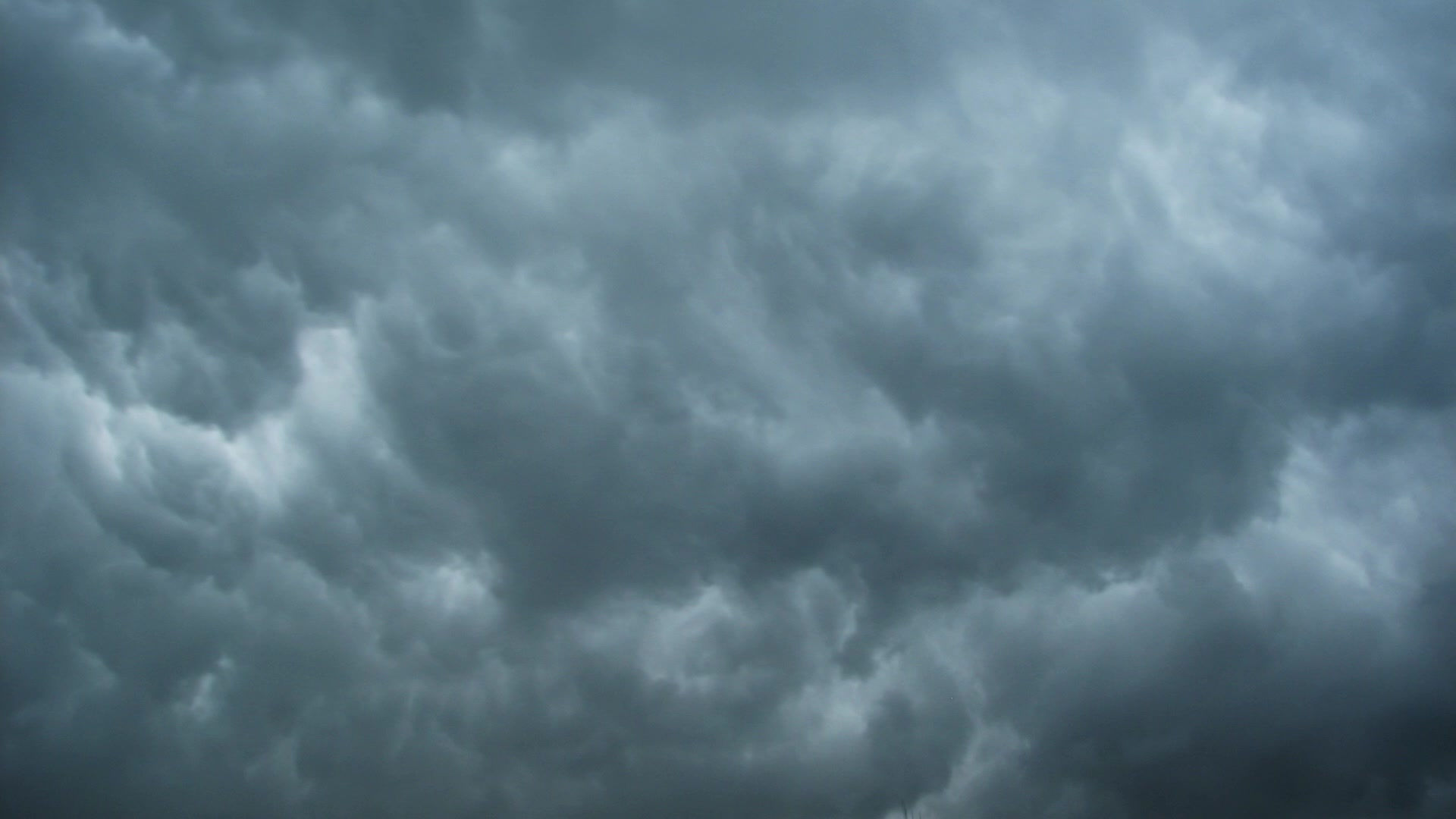What are the CGPM and BIPM? Is Canada a member?
- Stephen Biss
- Feb 20, 2018
- 4 min read
Updated: Apr 21, 2022
Purposes:
To connect evidentiary breath testing in Canada, the Criminal Code, and the Weights and Measures Act section 4(1) to the Metre Convention and the organizations created by the Metre Convention specifically the CGPM and the BIPM.
To establish the primacy of the CGPM/BIPM and its SI units and vocabulary in any consideration of measurement science in Canada and internationally.
To establish that Canada is a member state of the Metre Convention.
To lay the groundwork for an argument that there is a Principle of Fundamental Justice protection under Charter section 7 related to fair measurement in accordance with the international system of units, the SI units.
Example cross-examination of CFS scientist:
Q: Now, can we just talk for a moment about what this document is that is Exhibit 18? Something published by an entity called the Bureau International des Poids et Mesures. A. Yes. Q. Do you know anything about that organization? A. I’m aware of it, yes. Q. And that organization works in the context of an entity that is a combination of countries called the Conférence Générale des Poids et Mesures. The C-G-P-M, right? A. I don’t think the Court Reporter heard you. Q. I’m sorry. My apologies. The B-I-P-M is the office, the bureau, of the Conférence Générale des Poids
et Mesures. The C-G-P-M. A. Okay. Q. The Conférence Générale des Poids et Mesures is the entity that’s referred to in section 4(1) of the Weights and Measures Act. A. I didn’t see that.
Q. We looked at that before. A. Okay. All right. Q. Well, I’ll show you. Section 4(1) of the Weights and Measures Act says, how is it that units of measurements are to be determined? A. “All units of measurement used in Canada shall be determined on the basis of the international system of units established by the general conference of weights and measures. Q. All right. And.... A. That’s the English translation of the name, from France. Q. And the French name is.... A. Yeah. Q. It’s opposite. A. Système international d’unités établies par la Conférence générale des poids et – my French is terrible right now. Q. The C-G-P-M A. Mesures. Yeah. Q. All right. So, Canada is a member of the Metre Convention. Canadians are involved in the Conférence Générale des Poids et Mesures and the Bureau is the entity that designed the document that is Exhibit 18.

A. I’m not sure I can confirm any of that, but....
THE COURT: Because right now, I’ve got to tell you, I’m in the dark about how this is potentially relevant, especially to the nonscientific judge. So – and I think our witness may be having the same difficulty. So, am I right in that regard or.... A. A lot of this information is new for me as
well. THE COURT: Okay. A. I don’t have that level of detailed knowledge about all the sub categories and organisations that are responsible for how we do things here.
...
Comment:
The above example shows how difficult it is to convince a Court that basic science is relevant to an understanding of forensic science as used by police, forensic scientists, and the Courts in Canada. The science above is basic to all science in Canada and to a criminal justice system that is consistent with the rule of law.
Is our criminal justice system law and faith-based or is it law and science based? I sincerely hope that it is the latter. If so, then we as defence lawyers should be able to challenge assertions by Crown witnesses that "this is the way we have always done it and so this is the way it has to be."
If the Crown expert's answer is: "A. I don’t have that level of detailed knowledge about all the sub categories and organisations that are responsible for how we do things here", then the defence needs to start calling evidence to challenge the forensic "science" alleged by Crown witnesses. We will need new expert witnesses who have backgrounds in measurement science.
Is Canada's Alcohol Test Committee a faith-based organization? Or if it is a science-based organization, then why don't its policies and positions on scientific measurement fit into the context of "all the sub categories and organisations that are responsible for how we do things here"? Why aren't its policies consistent with Canada's Weights and Measures Act section 4(1) which references the CGPM? Why aren't its policies drafted in compliance with international science, particularly international metrology and international legal metrology? The issue of una mensura, one measure, was resolved at the time of Magna Carta. Weights and Measures jurisdiction was contemplated in the Constitution Act, 1867 as a federal power. It was clarified as connected to the metric system at the time Canada joined the Metre Convention in 1907 and later when we became a metric country. The hypotheses alleged by government forensic scientists that have their foundation in "how we do things here", simply don't fit international measurement science.
With respect, Canada's criminal justice system needs such challenges.





Commentaires